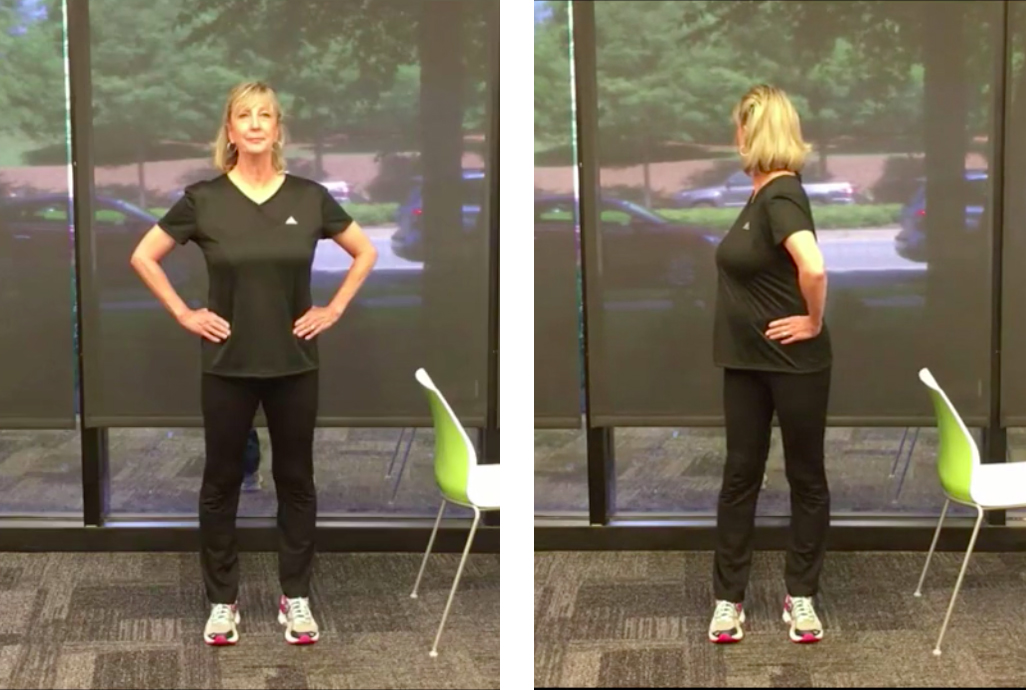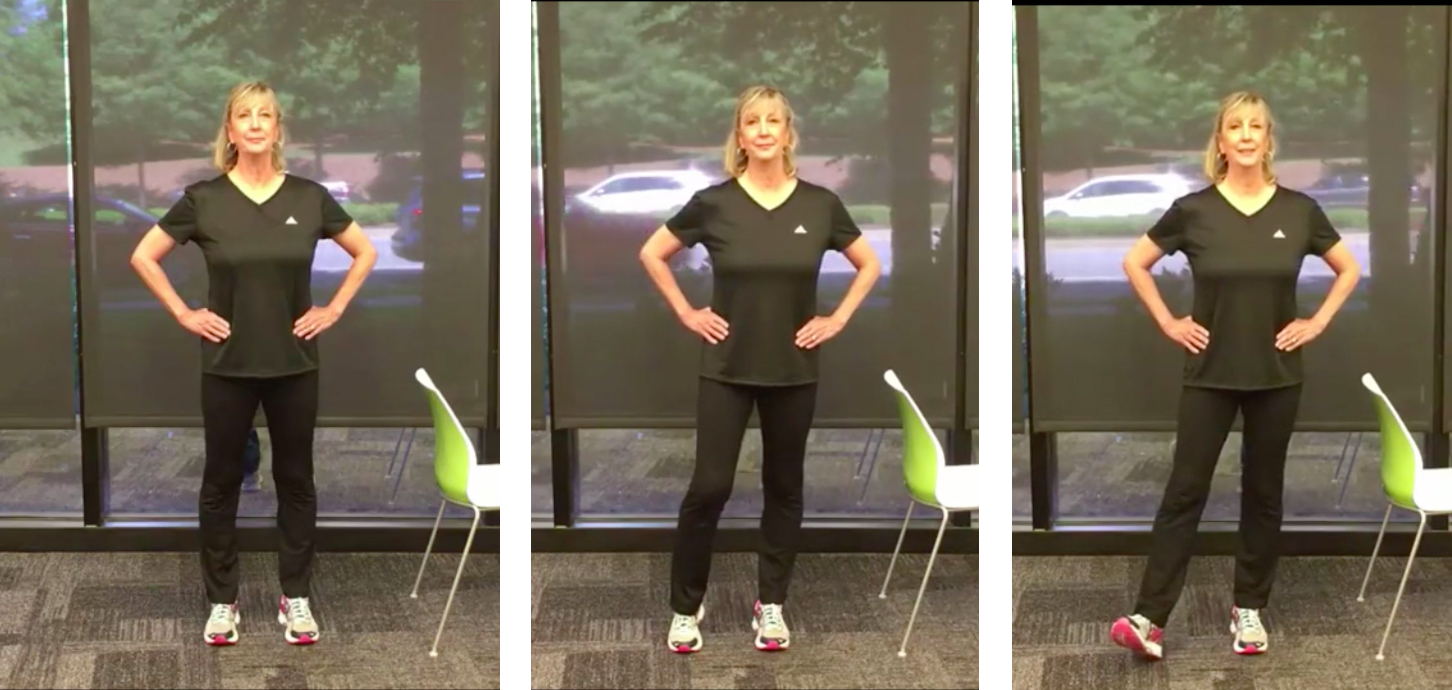Balance is one of the first things to go as people age. It’s a skill that most people take for granted in their youth and one’s ability to perform balance movements fades with time. But just because your reflexes get a little slower doesn’t mean you are stuck with poor balance as you age. As with most things, practice makes perfect, and balance is very much a perishable skill.
So let’s get started. Here are some exercises to help support proper balance as we age.
1. Toe Raises
In this exercise, stand shoulder-width apart, next to a wall or chair if needed for safety.
Start by holding your hands out from your body and shifting your weight to your toes and back through your heel, finishing each repetition with your feet returning to the ground. This constitutes one repetition. Do four more repetitions for each set.
If you are looking for a way to increase the difficulty, bring your feet closer together. This creates a more narrow support structure, forcing you to utilize stabilizing muscles more.
2. Torso Twist
For this exercise, begin with your feet shoulder-width apart and place your hands on your hips.
As the name indicates, begin by gently twisting your torso to the right and look back over your shoulder. Hold this position for five seconds, and then return to center.
Once this is complete, twist to the left and hold for five more seconds. Make sure to count slowly and deliberately.
Complete five repetitions per side. Then, if you like you can do more, repeat the exercise again with your feet closer together. Don’t forget to stand near a wall or a chair. Also, if you have difficulty standing, you can perform this exercise while seated.
3. Weight Transfer
For this exercise, begin with your feet shoulder width apart again and your hands resting on your hips.
Move your hands wherever you need to throughout this exercise in order to maintain balance. Plant your left foot solidly on the ground and push your right foot onto the ball and toes.
From here, extend your right leg while keeping the left leg planted. Tap the heel onto the ground and then move your foot back to your toes. Repeat this four more times, then switch legs.
Complete another five reps with your left leg and you will be done with a set. Make sure that you are near a wall or a chair so that you can grab it should you begin to lose your balance.
4. Walk in Straight Line
This is a “dynamic” balance exercise, meaning you will no longer be stationary. What this means is that you need to make sure that you are proficient in exercises 1-3 before you attempt this one.
Although it seems simple, this exercise can require some practice, especially as our bodies get older. For this exercise, begin with your feet together and arms extended. Place one foot directly in front of the other and take ten steps forward, following a straight line.
In the beginning, you don’t have to literally touch the heel of one foot to the toes of another, but as your balance skills increase, this is a great way to add an additional challenge to the exercise.
Safety is Paramount
Remember that if you get injured, it will likely take longer to recover than it used to. As such, go into this with a “safety first” mentality. Start out with the easiest positions and steadily move on to more difficult ones.
These exercises are great for getting effective balance training. This will enable you to live a more full life as you get older and maybe even keep up with the grandkids. Don’t be afraid to ask for help from someone you trust, and always remember, again, that holding onto a chair or the wall is completely acceptable and even encouraged.
Balance is the key to independent movement. Train a little bit every day and you will soon start to see improvements. Following this program will help you to add years to your life and more life to your years!
Visit the FitFixNow blog for more articles from Jane Curth.
Jane Curth is the co-founder and CEO of FitFixNow. Helping people on their wellness journey is her passion; Jane has helped clients and students with their diet and fitness struggles for over 20 years.




